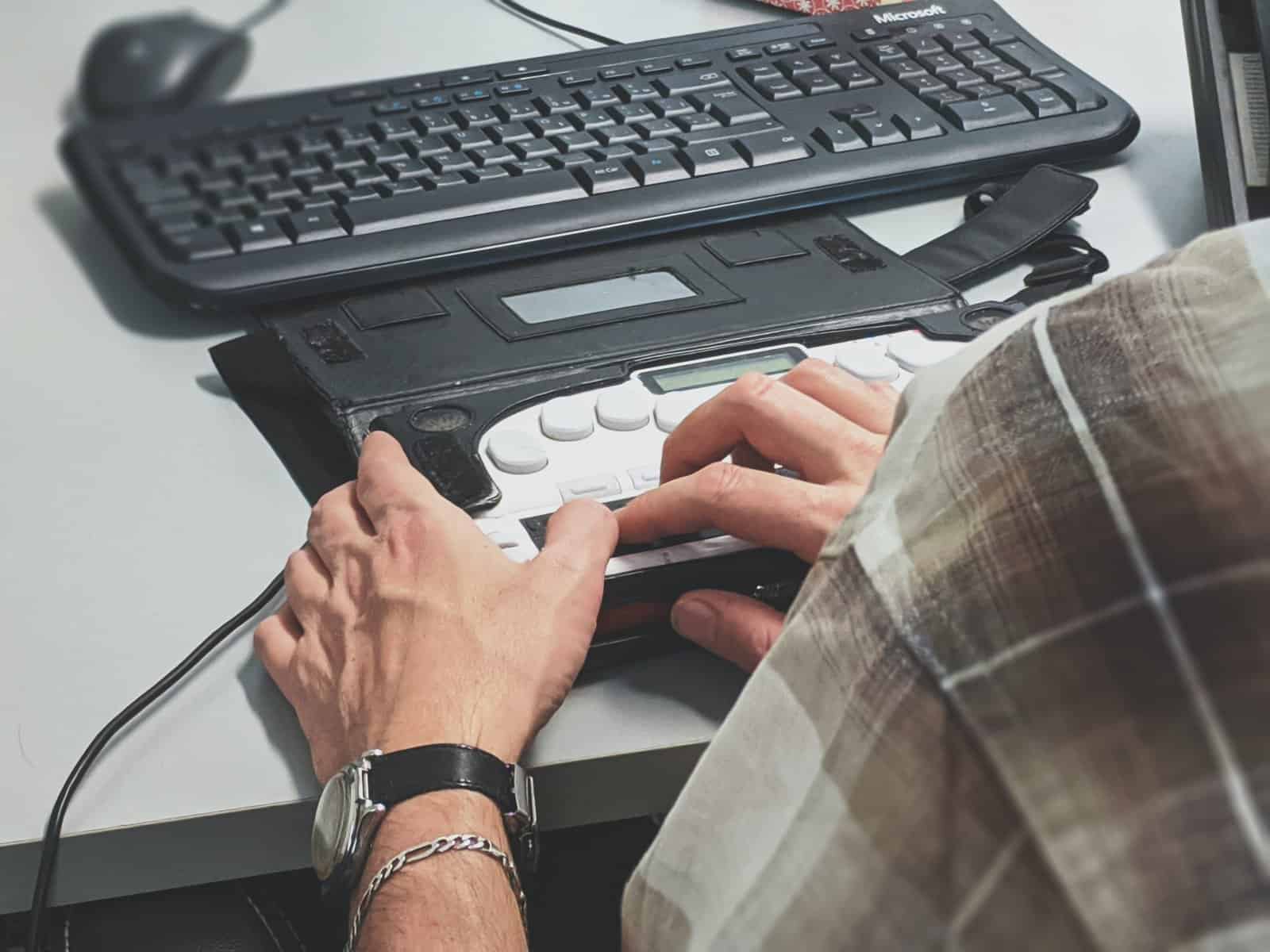Promoting inclusivity is a crucial aspect of building a more equitable society. When it comes to disability, breaking barriers and creating an inclusive environment is essential.
Disability aids play a significant role in achieving this goal by providing individuals with disabilities the necessary tools to navigate their daily lives, participate in activities, and contribute to society. Let's explore some.
It is crucial always to purchase disability aids from an online retailer. Opting for a reputable retailer ensures that the aids are of high quality, meet safety standards, and come from reliable manufacturers and suppliers.
By choosing a reputable retailer, individuals can have peace of mind knowing that they are investing in reliable and effective solutions to enhance their mobility and independence.
 Mobility Aids
Mobility Aids
Wheelchairs: Wheelchairs are one of the most common and versatile mobility aids. They come in different forms, including manual wheelchairs propelled by the user or powered wheelchairs operated using electric motors.
Wheelchairs allow individuals with limited or no mobility in their lower extremities to move around independently.
They offer freedom of movement, allowing users to navigate indoor and outdoor spaces, access buildings, and participate in various activities.
Walkers: Walkers, also known as Zimmer frames or rollators, provide stability and support to individuals with mobility challenges. They consist of a lightweight frame with handles, often with wheels for added maneuverability.
Walkers offer stability during walking, allowing users to distribute their weight and reduce the risk of falls. They benefit individuals with balance issues or minimal support while walking.
Canes: Canes, or walking sticks, are simple yet effective mobility aids that provide support and balance for individuals with mild to moderate mobility impairments. Canes come in various styles, including single-point, quad, and folding canes.
They assist users by improving stability while walking and reducing stress on the lower limbs. Canes are also helpful for individuals with visual impairments as they provide sensory feedback and assist with navigation.
Crutches: Crutches are mobility aids commonly used by individuals with temporary or long-term mobility impairments, typically involving one lower extremity.
They provide support and stability by transferring weight from the lower limb to the upper body. Crutches come in different types, such as underarm crutches and forearm crutches.
They enable users to maintain mobility and participate in daily activities while allowing the affected limb to heal or manage a long-term condition.
Scooters: Mobility scooters are motorised devices that assist individuals with mobility limitations. They provide a comfortable and efficient means of transportation indoors and outdoors.
Scooters benefit individuals with significant mobility impairments or who require assistance over longer distances. They promote independence, allowing users to navigate their surroundings and engage in social, leisure, and work-related activities.
Hearing Aids: Hearing aids are essential devices for individuals with hearing impairments. They amplify sound and enhance speech perception, enabling better communication and engagement with the environment.
Hearing aids promote inclusivity by ensuring equal access to conversations, education, and entertainment for those with hearing loss.
Visual Aids: Visual aids such as glasses, contact lenses, and magnifiers help individuals with visual impairments enhance their vision.
These aids facilitate reading, writing, navigation, and overall independence. Additionally, screen readers and braille displays assist individuals who are blind or have low vision in accessing digital content and information.
Assistive Technology: Assistive technology encompasses various devices and software to assist individuals with disabilities. Examples include voice recognition software, augmentative and alternative communication (AAC) devices, and adaptive switches.
These aids promote inclusivity by enabling people with disabilities to communicate, operate electronic devices, and access information effectively.
Prosthetics: Prosthetic limbs and other body support devices help individuals with limb loss or impairment regain mobility and functionality.
Advanced prosthetic technologies, such as bionic limbs and exoskeletons, offer increased independence, allowing individuals to engage in various activities, including sports and physical work.
Communication Aids: Communication aids, such as communication boards, speech-generating devices, and text-to-speech software, assist individuals with speech and language disabilities express themselves.
These aids foster inclusivity by ensuring everyone can effectively communicate their thoughts, needs, and emotions.
Environmental Adaptations: Modifying the physical environment is another way to promote inclusivity. Ecological adaptations include ramps, accessible parking spaces, handrails, and elevators.
These modifications create barrier-free spaces, enabling individuals with mobility impairments to access buildings and facilities independently.
It's important to note that promoting inclusivity goes beyond providing disability aids. It also involves fostering an inclusive mindset, eliminating social stigmas, and ensuring equal opportunities for individuals with disabilities in education, employment, and social interactions.
By embracing a holistic approach, we can create a more inclusive society where everyone can thrive and contribute their unique talents and perspectives.
 Summary
Summary
By providing individuals with mobility impairments the means to move around independently, mobility aids empower them to participate fully in society.
They enhance accessibility to public spaces, such as parks, shopping centres, and transportation hubs, ensuring that individuals with disabilities can explore and enjoy their surroundings. In workplaces and educational institutions, mobility aids enable individuals to access buildings, classrooms, and facilities, promoting equal opportunities for employment and education.
It's important to note that selecting an appropriate mobility aid should consider an individual's needs, abilities, and preferences. Additionally, accessibility in infrastructure and public spaces, including ramps, elevators, and designated parking spaces, is crucial to complement mobility aids and create an inclusive environment for everyone.
Ryan is a professional copywriter from Ryan's Copywriting. He has a passion for sharing valuable information.




